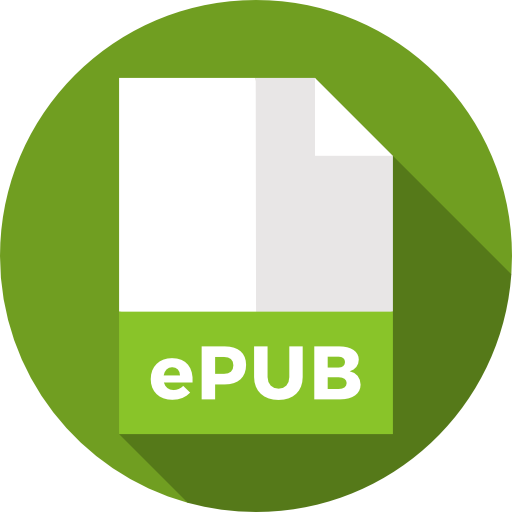
An International Publisher for Academic and Scientific Journals
Author Login
SAS Journal of Surgery | Volume-2 | Issue-01
Knowledge, Attitude and Practice of Breast Self-Examination among Female workers in the Ladoke Akintola University of Technology Teaching Hospital, Osogbo, South Western Nigeria
Idris O. L, Adejumobi M. O, Kolawole O. A, Babalola R.N, Oyeniyi A.G
Published: Jan. 30, 2016 |
282
214
DOI: 10.36347/sasjs
Pages: 9-13
Downloads
Abstract
Several studies have shown the importance of breast self examination (BSE) in early detection of breast
lesions. Breast cancer is one of the leading causes of cancer related deaths in women worldwide. Early detection of the
tumour through BSE coupled with medical consultation goes a long way in reducing the morbidity associated with breast
cancer. A cross sectional study among female workers was carried out over a period of one week in August 2013, using a
structured questionnaire designed by the researchers. The information sought included the demographic characteristics,
knowledge of breast cancer, knowledge, attitude and practice of BSE. The sample included female doctors, nurses,
pharmacists, laboratory scientists, physiotherapists, ward orderlies, medical social workers, and administrative staff. Data
analysis was done using SPSS version 16. The results in this study were Knowledge (awareness) of BSE is very high
among the respondents (97.3%). Health professionals were the major sources of information.81.8% believed that BSE
reduces chance of late presentation of breast cancer. 92.7% of them know that BSE should be done monthly and with
fairly high degree of acceptability. In spite of the high levels of awareness and acceptability, 58.6% of them do it
monthly, while only 49.1% actually practice it during the first week after menstruation. In conclusion Knowledge and
acceptance of BSE are high among the respondents, but the practice is slightly above average. Therefore, there is the
need for continuing education programs and encouragement on utilization of this simple breast cancer screening method,
as way of reducing incidence of late presentation.


